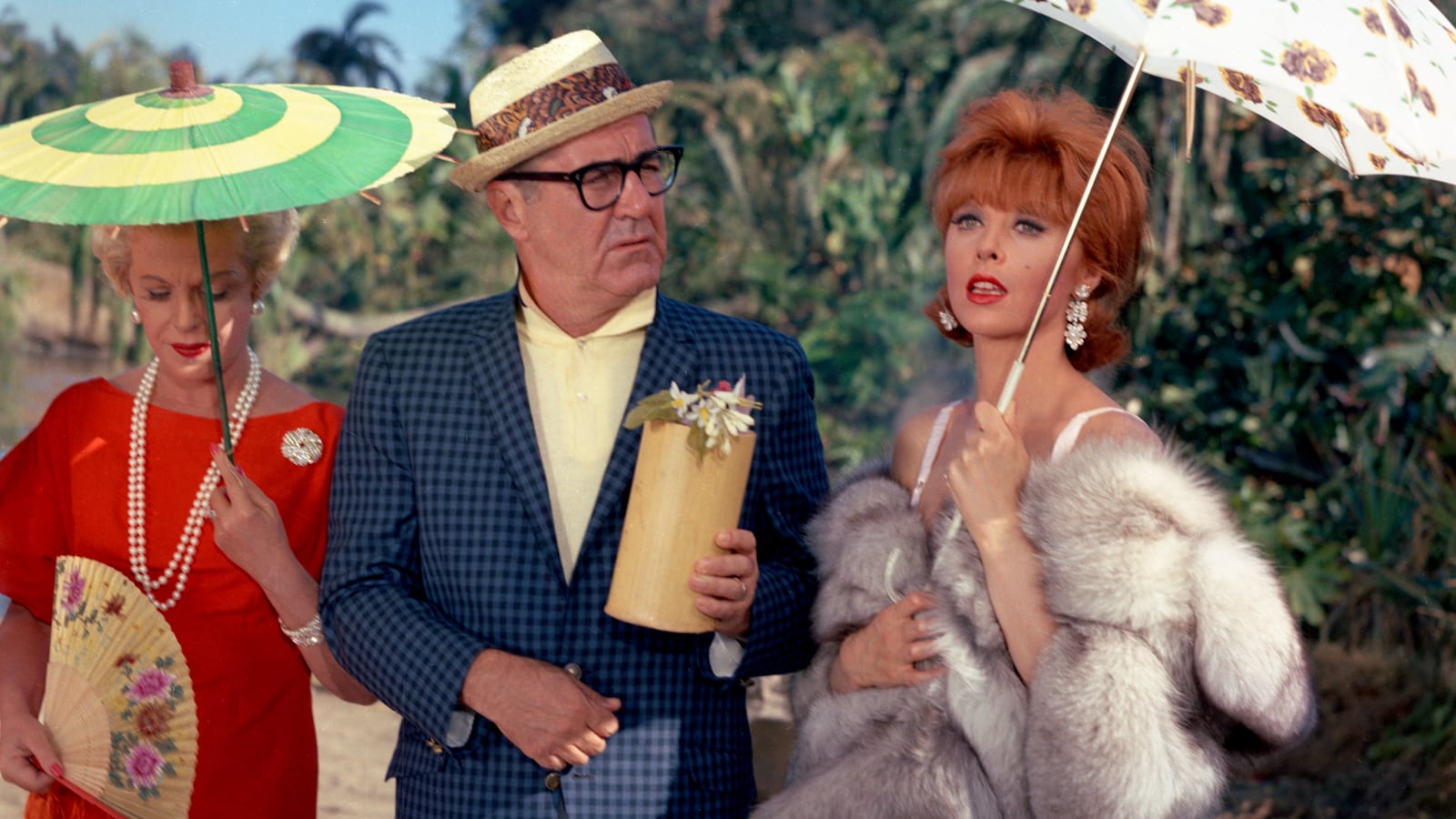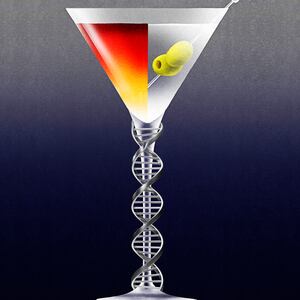There’s a lot we can learn from sailors, and I don’t just mean how to tie a whole bunch of wickedly amusing knots. Sailors—and here I’m talking about honest-to-God, rope and canvas, rounding-the-Horn-in-winter sailors—were always the masters of somehow making do with what you’ve got handy, because the other option is not making do. The ones who made do are the ones we hear from. The others? Only Davy Jones knows their stories.
One of the lessons is to think carefully about what you bring on board. Besides water, which ironically is a constant problem, the best things are the ones that don’t take up too much space and have a variety of uses. Take that canvas. It folds flat, and you can make new sails out of it when the wind blows the old ones right off the mast, lash it over a leak in the hull with rope and some of those knots to give yourself a few more hours to reach land, or sew your dead up in it along with a couple of cannonballs or other heavy objects before heaving them over the side to meet the aforementioned Mr. Jones. (Sailing could be a pretty grim business back in the day, and sometimes still can.)
That kind of thinking applies to victuals, too. Back before refrigeration, sailors found all kinds of different ways of turning the small range of foodstuffs that could survive months at sea (give or take a few weevils) into things that weren’t the same exact thing they had yesterday. Sea biscuit, which was baked to be hard as pig iron, would get worked into pie crust one day and pudding the next. (You soaked it and softened it and mixed it with fat skimmed off the stewed salt-beef along with some raisins and molasses for sweetness. Delectable.) So small wonder that in the 1860s when Gail Borden perfected a way to boil down milk in a vacuum with sugar (an effective preservative) and can it, the sailors of the world jumped all over this new “condensed milk.”
In fact, everybody for whom fresh milk wasn’t easily at hand jumped all over it. The cans kept forever, and when you opened them the viscous, off-white muck inside seemed to keep forever too. And if, when you reconstituted it, it tasted not like fresh milk, but rather like milk that you had simmered for a couple of hours with a handful of caramel cubes stirred in, well hell, that was still better than no milk at all. At any rate, sailors, soldiers, people who couldn’t get or afford ice (or, later, a refrigerator) and people in hot countries in general all took to it with enthusiasm.
It helped that it was versatile. You could add water and just drink it, I guess, but where’s the fun in that? You could put it in your coffee or your tea, which was better, particularly if you took sugar in yours, which you could now skip (the stuff is still a key ingredient of Thai and Vietnamese iced tea and coffee, which are delicious). You could make puddings and cakes and trifles and fools and all that sort of truck—and good for you if you’ve got the skills and inclination for that sort of enterprise.
By the end of the nineteenth century, sweetened condensed milk had become a staple of shipboard cooking to the point that T. F. Adkins’ 1899 Alphabetical Guide to Sailors’ Cookery, aimed at cooks on freighters and the like, listed no less than 18 recipes using it.
Nowadays, of course, freighters have grown into container ships and they have walk-in refrigerators and freezers and there are better ways of preserving milk than boiling it down with sugar. But the canned, condensed stuff still has a home in yachting, where space is at a premium and refrigerators are tiny (and by yachting I mean the sailboat kind, not the super deluxe kind with its helipads, onboard discos and crews of 20). You still find it included in how-to-stock-your-galley lists.
I suppose that’s a little odd, what with shelf-stable boxed milk being easily available. But here’s the thing: even if your home port is Cos Cob, Connecticut, and your boat, the Credit Swap II, sleeps eight, once you get out of Long Island Sound and into the Gulf Stream, you’re just someone who’s far from home in a tiny boat surrounded by a very big ocean. Usually, that’s fine.
Sometimes it’s less fine. That’s when a big cup of hot tea, sweet and milky and tasting just a bit like caramel, is like a deep voice beside you saying “it’ll be okay.” (Coffee is fine, too, but tea is quicker and seems to be traditional.) It’s the dessert-like character of Borden’s invention that makes it a staple in tense situations. You can rely on it, it will always be there and it packs a lot of comfort into a small can of milky goo. Of course, that tea is particularly comforting if you splash in another sailor’s staple, rum.
As you might suspect, booze and condensed milk go way back. Like many other Northern manufacturers, Gail Borden, who had been marketing his invention since 1853 without tremendous success, got a huge boost from the Civil War. By 1864, cans of his condensed milk were ubiquitous in Union Army camps, and so were bottles of whiskey. The earliest mention of mixing the two I’ve been able to find comes from the New York Herald in January of that year, when a trooper in the 14th New York Cavalry wrote the paper a letter describing camp life outside New Iberia, Louisiana, and mentions that “with the aid of condensed milk” he and his friends were able to “manufacture milk punch.” They can’t have been the first to try mixing the two.
They certainly weren’t the last: in his 1888 Bartender’s Manual, the great Harry Johnson included sweetened condensed milk in his list of essential items for stocking a bar and gave instructions for using it in a milk punch if regular milk wasn’t available. In fact, some who had no problem getting fresh milk still preferred the canned stuff, such as Texas rancher Richard King, whose King Ranch was bigger than Rhode Island and held thousands and thousands of cows. According to a factoid circulating in 1877, he swore by condensed milk “in his coffee and punches.”
But while a simple milk punch—a couple of teaspoons of SCM, as some call it (I’m not sure I like that acronym; all that’s missing is you, so to speak), an ounce or two of boiling water, extra sugar to taste and, of course, a shot of whiskey, brandy, rum or whatever—is a fine and comforting thing, and a simple one to prepare shipboard or in camp. But if you’re sheltering at home, you can leverage all of that inherent comfort and, with a little ice and a couple of cocktail-pantry touches, yoke it to the day-ending ritual of the evening cocktail. After all, in freaky times, little domestic rituals like that carry extra power.
I’ve taken to making a drink I call the Big Youth, after the incandescent 1970s reggae star. Besides the SCM, it uses Jamaican rum, naturally (if you’re stuck without any of that, no worries; see below), plus a little coconut water (the stuff out of those juice boxes is fine, or you can use plain old water), Angostura Bitters, Degroff’s Pimento Bitters (if you’ve got ‘em) and a scrape of nutmeg. Easy. The resulting cocktail is dry enough to have before your beans, pasta, or rice, and yet the lushness of the milk makes it a hug from a happier place and time, with just enough tropical tang to take you somewhere else.
INGREDIENTS:
- 1.5 oz Aged, pot-still Jamaican rum: Smith & Cross, Hampden, Plantation Xaymaca, Rum Bar and Dr. Bird all work great. If you don’t have that, any dark rum will work fine; the drink won’t be as funky, but it will taste more like Eggnog, and that’s a happy thing, too.
- .75 oz Sweetened, condensed milk
- .75 oz Unsweetened coconut water or plain water; it’s a good idea to pre-mix this with the SCM
- 2 dashes Angostura Bitters
- 2 dashes Degroff’s Pimento Bitters
- Glass: Cocktail
- Garnish: Grated nutmeg
DIRECTIONS:
Add all the ingredients to a shaker and fill with ice. Shake, and strain into a chilled cocktail glass. Grate a little nutmeg over the top. Unclench.


